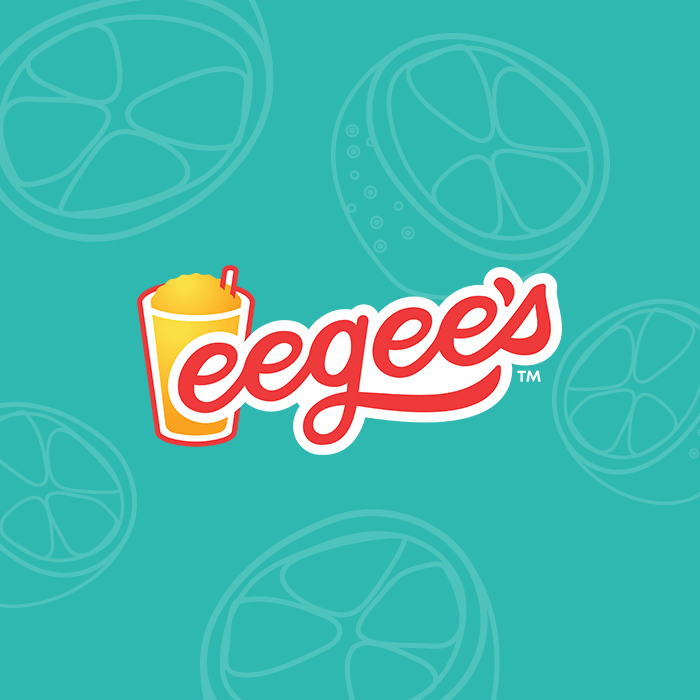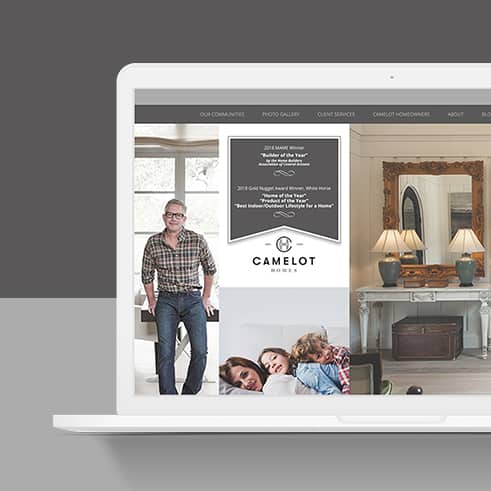Tips For Marketing to the Silent Generation, Boomers, Gen X, Millennials and Zoomers
February 9, 2023
Segmenting by demographics and audience is foundational to any marketing plan and for good reason. Each group of consumers has different preferences and perspectives, from the products they buy to the ways in which those goods are purchased. There’s also a significant disparity in the manner in which each group wants to be approached with a marketing message, so how brands engage with who they’re targeting is essential to perfecting.
While there are many more ways in which building an audience can be dissected than simply by how old they are, age is a primary differentiator that’s often the first stop for marketers that want to deliver messages in a manner that’s unique to each segment. Here are some tips you can apply to each group.
Silent Generation (born 1925-1945)
The first generation on our list has been around the longest, with the Silent Generation years ranging from 1925 to 1945. Of course, there are people still living who were born before Silent Generation started, so in practical terms, you can consider the Silent Generation to be comprised of anyone born before 1945.
Keep it Simple
The Silent Generation has lived through countless wars, economic downturns, and more recently, a pandemic. Don’t make their lives any harder. The Silent Generation isn’t necessarily going to scan your QR code or sign up for your email list, but they will support your business if you can prove you’ll make their lives easier.
Encourage Loyalty
You probably have known a member of the Silent Generation who talks about how they’ve supported a brand for decades. That’s because the Silent Generation is extremely loyal, and they’ll only switch allegiances if you force them to, whether because of poor customer service, a low-quality product, or complicated marketing. Give them reasons to keep supporting your brand, and reflect your appreciation for that continued loyalty in your communications with the Silent Generation.
Go Offline
Though increasing numbers of older individuals are embracing modern technology, you’ll find most of the Silent Generation perusing traditional forms of media. Newspaper ads, television advertising, and direct mail are all effective ways to promote your products to this group.
Boomers (born 1946-1964)
Perhaps no group has been as maligned in recent years as the Boomers (also known as Baby Boomers). Once the lifeblood of the country, the term “Boomer” now is used derisively to refer to an out-of-touch older person who holds younger people in contempt. Naturally, this description isn’t accurate for all Boomers, who remain a large and important segment of the marketplace.
Incorporate Online Marketing
Boomers aren’t always great with technology, but they’re getting there. In fact, Boomers are noted for their use of Facebook, with more than 11 percent of Facebook users aged 65 and older. Facebook and email are great ways to reach the Boomer generation digitally.
Clear Marketing Messages
As anyone who’s heard a grandparent talk about an erroneous story from Facebook can attest, Boomers can’t always differentiate between facts and fabrications. State your message clearly and convey trust in your words, images, and links back to your website. This is also true of offline marketing, which is still a good idea, since not every Boomer has embraced technology. The sense of loyalty that’s highly regarded by the Silent Generation is a core value among Boomers as well.
Get Customers In-Store
Though online marketing is slowly gaining popularity among Boomers, there’s still a level of technological complications and trust that needs to be cleared. For that reason, it’s advised to use online marketing to persuade Boomers to check out your products in-store, where they can make a hassle-free purchase. Forcing sales to be conducted solely online may result in lost business, because Boomers that can’t (or don’t want to) figure out online purchasing may move onto a retailer that makes life easier for them.
Generation X (born 1966-1980)
Often referred to as the “forgotten generation” because of all the media hype centered on Boomers and Millennials, Generation X (also known as Gen-X) is a segment that definitely needs the attention of marketers. Often derided as cynical, Generation X is generally more skeptical than anything else. They need to be convinced that a product or company is legitimate before they’re willing to spend their money.
Publish Reviews
Gen-X may not love your advertising materials at first, but if you give them an additional reason to believe in your products, they may just do so. Customer testimonials give added credibility to your brand and your product offerings so that consumers know they’re not merely being duped by fancy marketing.
Use Technology to Make Things Easier
One unique aspect of Generation X is that this demographic fully embraces new technology, but is old enough to remember life before the Internet. This is also a demographic with significant work and family responsibilities, and may not have tons of free time to navigate websites and conduct research. Make their lives easier by giving them the information they need on your website and on social media, without needlessly complicating matters by making them fill out too many forms or sign up for services they don’t want.
Provide Value
Generation X has been around long enough to have a bit more money than their younger counterparts, but they’re savvy enough not to be swindled. Show them the true value of their financial investment in your company by showing them exactly what they’ll receive and why it matters. Loyalty programs and discounts are part of this value, so be sure to show this generation exactly how much you appreciate their business.
Millennials (born 1981-1996)
An endless amount of content has been produced about Millennials, particularly how they’ve “killed” certain industries and given rise to others. Much of this was written in the infancy of the buying power of Millennials. This group is now the biggest age-based segment in the marketplace, and it’s one to take very seriously.
Get Social
Millennials were the first group to dive into social media, so it’s no surprise that this is the medium to target when reaching this demographic. Promote your products, but have fun and provide a personal touch in your messaging. Respond directly to consumer feedback, particularly negative comments, and turn a difficult situation into one that benefits both your company and the customer.
Tell Your Story
More than any generation we’ve discussed yet, Millennials truly care about the companies they support. It’s not enough to simply have a product that Millennials like — they want to know the company’s story, the causes it supports, and the ways it gives back to the community. These factors will cause Millennials to feel even more strongly about the brand, encouraging loyalty and referrals to others.
Market Across Channels
Millennials are in love with their technology, but they don’t live on their phones as much as their detractors suggest. They are multi-faceted, and your marketing should be as well. Social media marketing, email marketing, website marketing, and in-store marketing should be cohesive and seamless so that Millennials can purchase in their preferred medium, which isn’t necessarily online.
Generation Z (born 1997-2012)
Although Millennials became the preferred nomenclature of the previous group, beating out the lesser-used Generation Y, Gen-Z is the next group of consumers with an increasing level of buying power and influence. Borrowing from the Boomers moniker, Zoomers (as Generation Z is also known) has continued the tech-heavy mindset of Millennials, with their own unique twist.
Be Authentic
Social media has made the world a smaller place, allowing people to tell their stories and connect with others. As a result, Generation Z is increasingly aware of the disparities in the world, and they make their voices heard with their dollars and social media activity. That’s why it’s so important for brands to clearly convey their values and — more importantly — demonstrate through their actions just how much these causes mean. Nothing will alienate Gen-Z more than a brand that merely pretends to be socially aware to cash in on the clout it brings.
Use Video
Much has been made of the shift to video for digital content in recent years. The Zoomer generation is hugely influential in this area. Through their love of TikTok, Gen-Z is encouraging brands to get younger and utilize video marketing more than ever. The good news for brands is that this doesn’t mean investing heavily in video equipment and editing software. Thanks to apps like TikTok and Snapchat, video editing can be done with only a smartphone.
Utilize Alternate Forms of Marketing
Like the Millennials that came before them, Gen-Z is distrustful of traditional marketing. They don’t want to be pitched, and they don’t want to sit through ads they don’t care about. Instead, put your marketing message in a form that Zoomers understand and appreciate. User-generated content is a great way to promote your business while also getting Gen-Z to buy in and showcase their own talents.
Each generation of individuals has characteristics that are highly different from the groups that preceded them. However, the world will continue to evolve — Generation Alpha is already on its way to becoming a force to be reckoned with. For now, though, use these tips to reach the generations that are valuable to your business. If you’d like assistance in reaching your desired target audience, contact us at Commit Agency today.





















